GPT Chatbot with API Calling | Real-Time Chatbot


GPT Chatbots with Function Calling, or API Calling, are a big step forward in chatbot technology. By adding API calls to a GPT chatbot, it can interact in real-time and more dynamically. This means the chatbot can get and show data from other places right away, making it much more useful and versatile. In this blog post, we are going to look at how to set up a GPT chatbot that can do custom API calls. This feature turns your chatbot into a better, smarter chatbot for engaging users and sharing information.
API (Application Programming Interface) integration in chatbots allows the chatbot to access and interact with external data and services. Essentially, it enables the chatbot to extend its capabilities beyond knowledgebase responses, allowing the chatbot to fetch real-time data, interact with other software, and perform dynamic actions based on user requests.
Integrating API calls into your custom GPT chatbot greatly improves its capabilities, allowing your chatbot to provide users with real-time data, making interactions more informative, relevant, and engaging. Whether it is for customer service, data retrieval, or providing personalised content, the ability to call APIs in real time opens up a world of possibilities. Let us see how we can setup.
Follow the steps below to integrate your custom API with GPT Chatbot:
Go to the chatbot dashboard. Here, you will find the Studio section that is your playground for developing and updating chatbot scenarios. In the studio, you can configure your chatbot to execute a range of activities based on user interactions.
Once in the studio, your first step is to create a new scenario. Scenarios are essentially the backbone of your chatbot’s interaction flow. They define how the chatbot should respond to different user intents. Think of them as the script your chatbot follows during its conversations with users.
Capture to feature to store the response in FLOW.response. This stored response can then be used in various parts of your chatbot’s conversation flow.Suggested Reading
These are some use cases of real-time chatbots in different industries, which improve customer engagement, assistance, and operational efficiency. Real-time chatbots find applications in a variety of industries, including:
A GPT chatbot can become much more than just a conversational agent by integrating function calls. This allows the chatbot to provide real-time data and responses, improve the user experience, and add substantial value to the services it can provide. The applications your chatbot can be used for are only limited by your creativity.
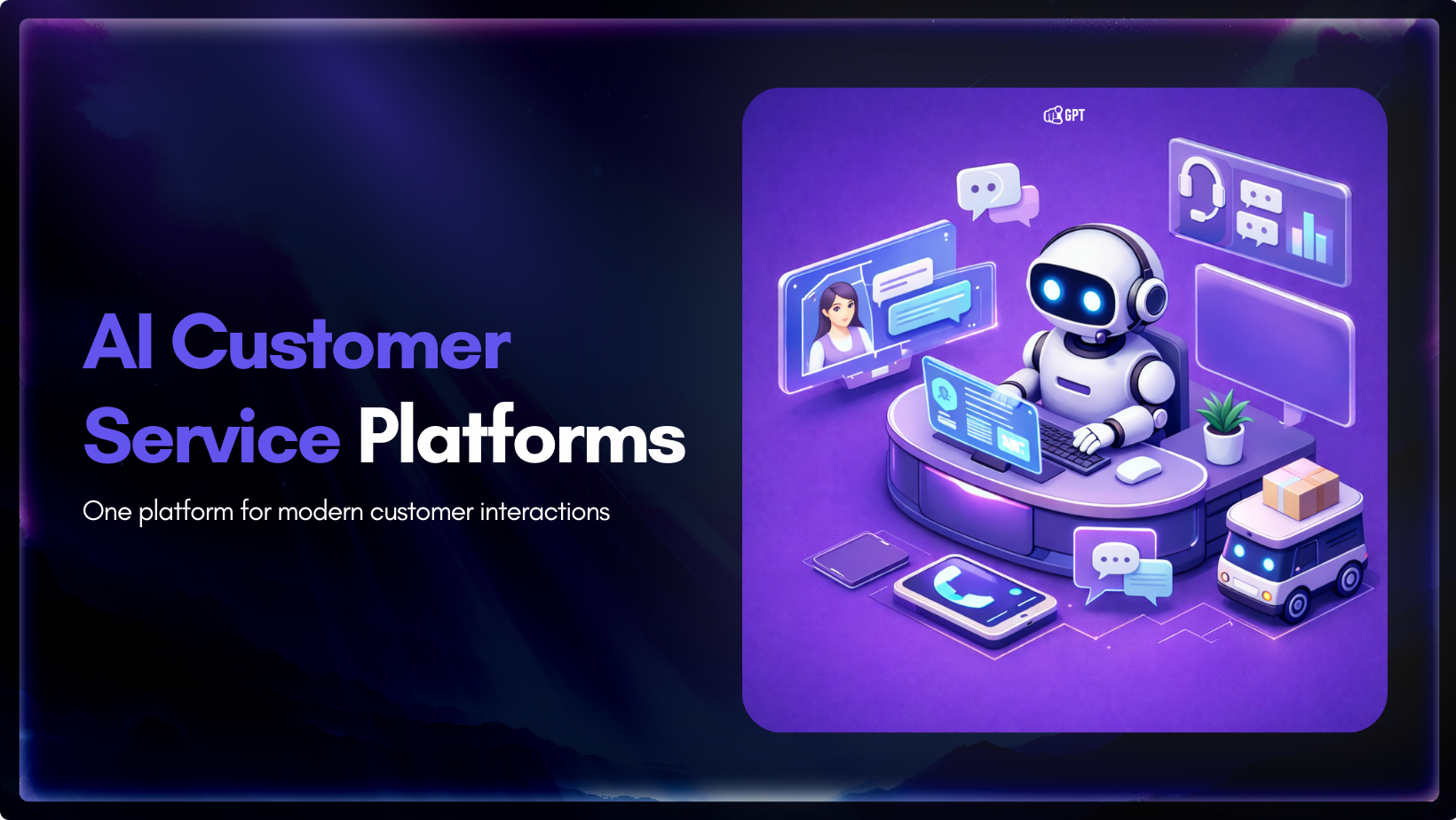
Customer support has become a central part of how modern businesses build trust and long-term relationships with their customers. As products and services grow more complex, support teams play a direct role in shaping the overall customer experience, not just in resolving issues after a sale. Support teams today manage conversations across multiple channels, respond […]

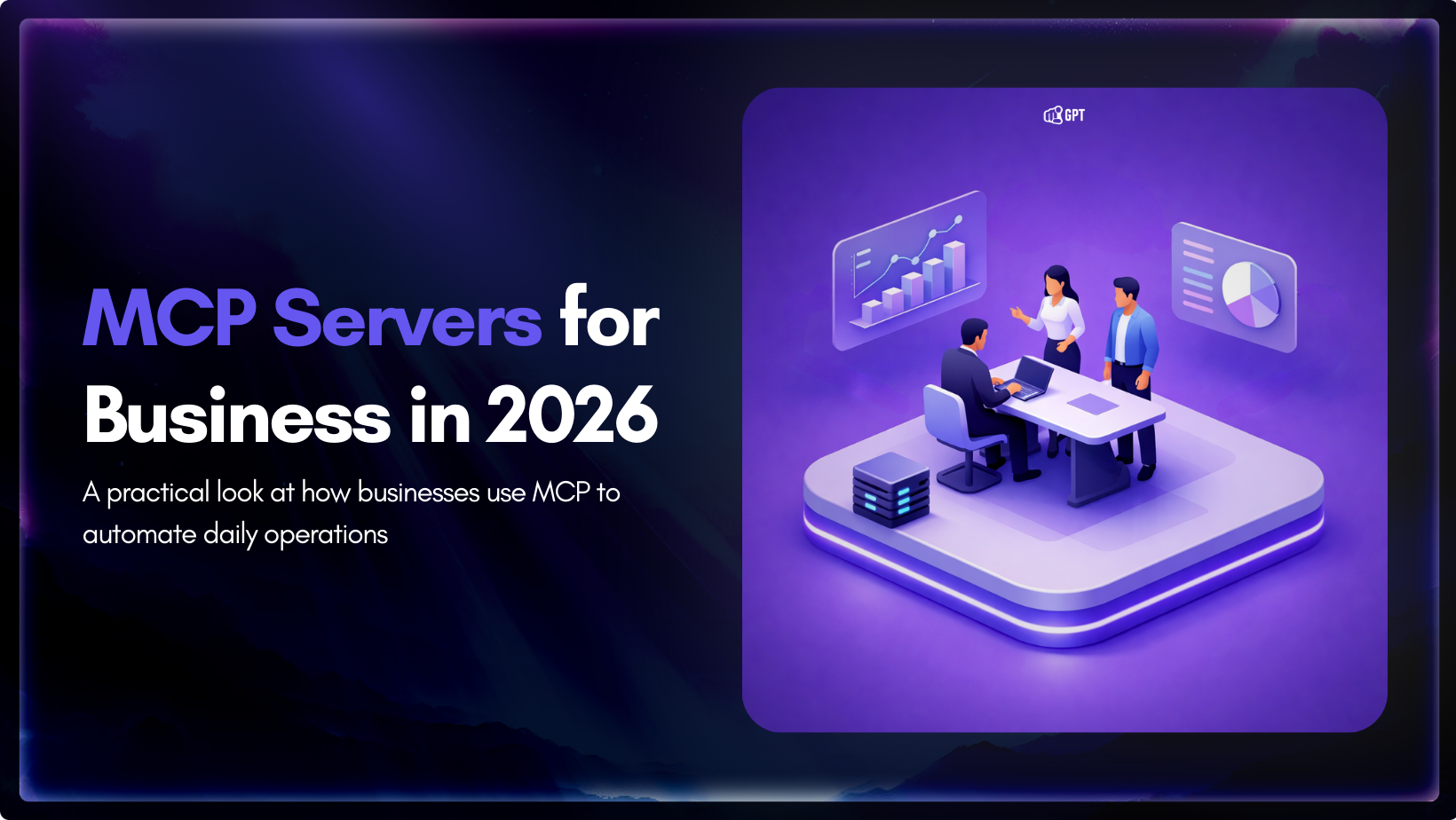
Growth-focused teams move faster when their tools work together instead of competing for attention. Modern development depends on multiple systems to ship code, review changes, monitor services, and access data. Each system serves a purpose, but routine work often means moving between dashboards, scripts, and internal tools. These small transitions shape how consistently a team […]

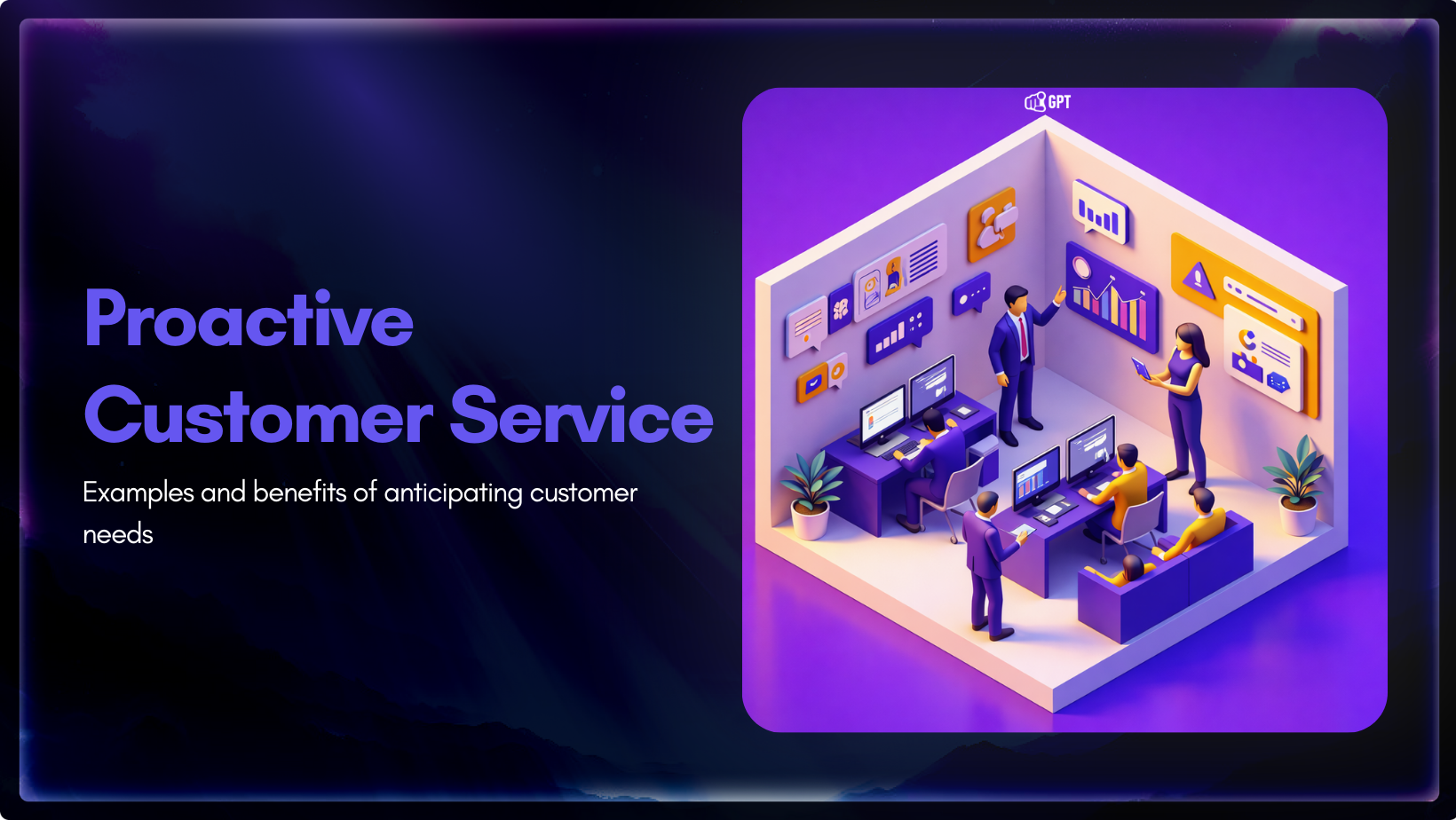
Most customer service moments begin long before a ticket is created. Something feels off. A payment does not go through. A delivery update stops moving. A user gets stuck at the same step and tries again. Customers usually pause, check, retry, and wait before they decide to ask for help. Proactive customer service works inside […]

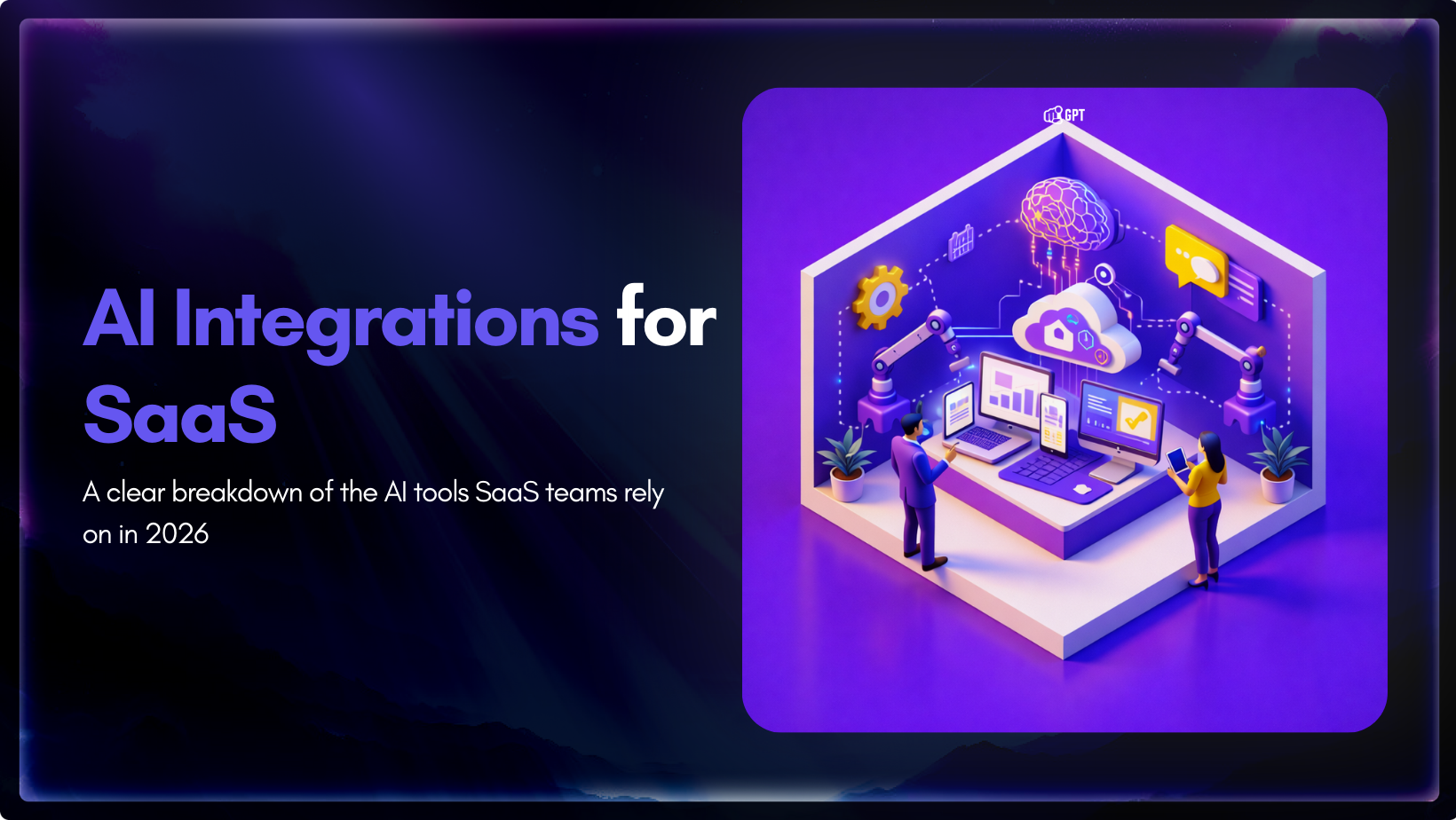
AI has become a core part of how modern SaaS products are built and delivered. In 2026, customers expect intelligent assistance to be available throughout their journey, from onboarding and everyday product usage to support and account management. Inside SaaS teams, AI is increasingly used to speed up workflows, reduce repetitive tasks, and improve how […]

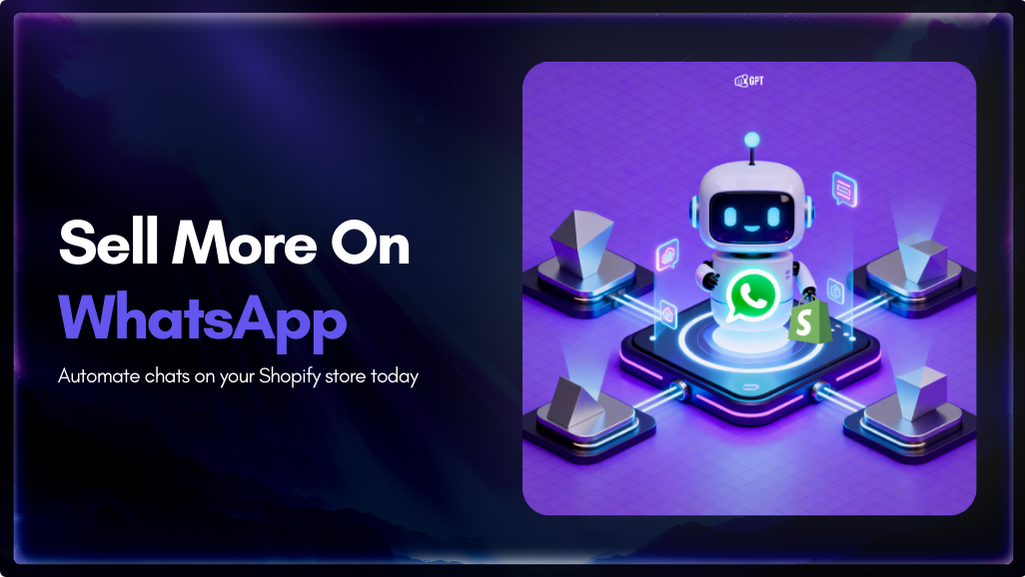
Shopify stores often use a chatbot on their website to handle product questions, order updates, and support. But customers also message on WhatsApp expecting the same quick answers. Most of them already use WhatsApp throughout the day, so reaching out there feels natural. A chatbot that works across both channels responds in seconds, guides purchase […]


Most businesses do not struggle to generate leads. They struggle to know which ones are worth acting on. Forms get filled, DMs arrive, emails are opened, and chats happen across multiple tools. Some prospects convert. Most do not. The real problem is that there is no reliable way to tell, early enough, which signals actually […]
